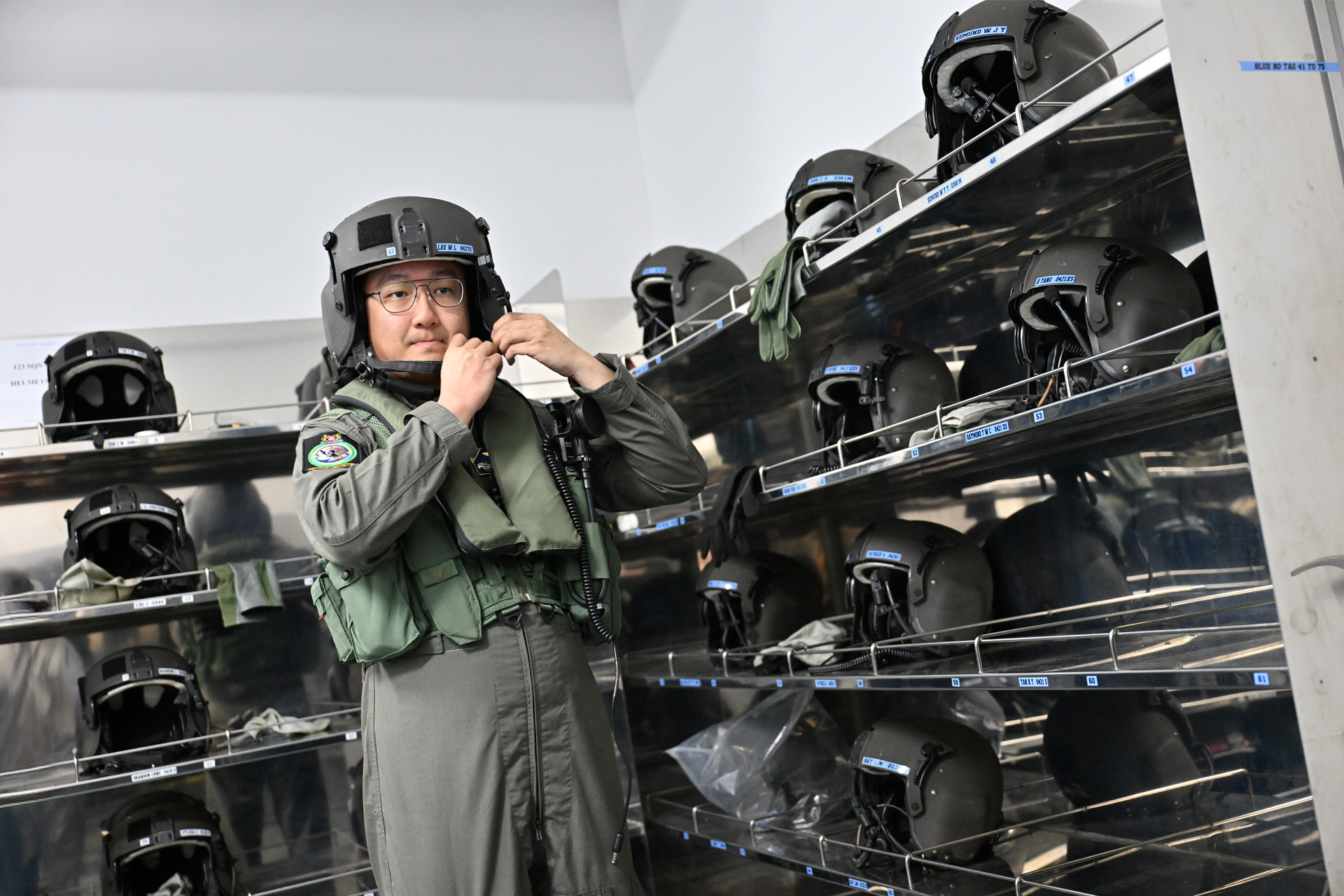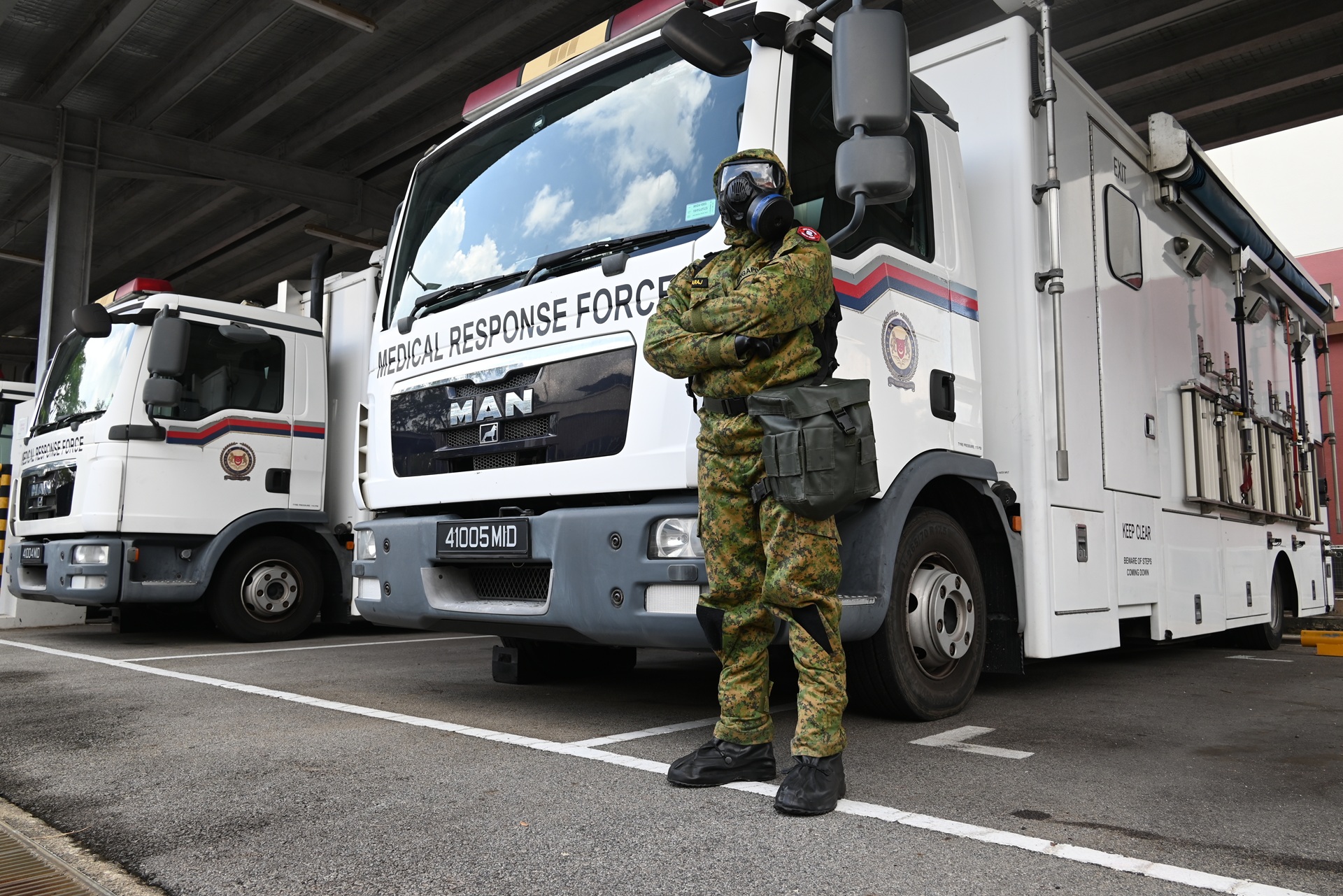HUMVEE REPLACEMENT
PHOTO // Courtesy of Oshkosh Defence
The iconic Humvee of the United States (US) military will soon be replaced by a truck that's both nimble and blast-resistant.
The High-Mobility Multi-purpose Wheeled Vehicle, better known as the Humvee, was the primary patrol vehicle for US troops during the Iraq war back in 2003. However, the US soon found that the tactical vehicles were being ripped apart by Improvised Explosive Devices (IEDs), resulting in many deaths and injuries.
In fact, IEDs claimed the lives of more American soldiers over a decade and two wars than any weapon, according to USA Today. But things will soon change with the delivery of the winner of the Joint Light Tactical Vehicle (JLTV) programme, which will replace the ageing Humvees, in 2018.
Tactical wheeled vehicle maker Oshkosh Defence, an Oshkosh Corporation company, was awarded the US$6.75 billion ($9.29 billion) contract to build an initial batch of 17,000 vehicles in August. Eventually, the US military plans to replace its fleet of 55,000 Humvees by 2040 - about 49,000 for the Army, and 5,500 for the Marine Corps.
Said US Army Major-General (Retired) John Urias, executive vice-president of Oshkosh Corporation and president of Oshkosh Defence: "Our JLTV has been extensively tested and is proven to provide the ballistic protection of a light tank, the underbody protection of a Mine Resistant Ambush Protected (MRAP)-class vehicle, and the off-road mobility of a Baja racer."
A Baja racer is an off-road racing vehicle with heavy suspension and high engine power.
Humvee's vulnerability
The reality was that the Humvee was not built for the unconventional warfare of urban environments. It was originally designed in the 1980s to carry troops and gear quickly over long distances.
In 2004, US military planners noted the Humvee's vulnerability against IEDs in Iraq and added an armour kit. However, the additional weight severely affected the vehicle's manoeuvrability and exacerbated its already high fuel consumption.
In response, the Pentagon ordered thousands of MRAP vehicles in 2007 for deployment in Iraq and Afghanistan, according to the US Department of Defense. But the heavily-armoured vehicle's weight and size hampered its ability to chase terrorists in densely packed urban areas, off main roads, and over less stable bridges.
The JLTV programme was then launched to get defence companies to develop light tactical vehicles resistant to explosive blasts. The three finalists, Oshkosh, Lockheed Martin, and Humvee-maker AM General, each submitted 22 prototypes.
Lighter, faster
Oshkosh's Light Combat Tactical All-Terrain Vehicle (L-ATV) eventually emerged the winner with a design that offered underbody and side armour similar to its MRAP All-Terrain Vehicle (M-ATV), but at only two-thirds of the weight, and 70 percent faster off-road. The M-ATV was developed in 2009 specifically for patrol missions in Afghanistan's mountainous terrain.
The M-ATV is lighter than the earlier versions of MRAP, but military historian and former Army officer Mike Guardia noted that soldiers had criticised the M-ATV for being "still top-heavy, cramped, and prone to both engine and mechanical errors".
Mr Charles Szews, Oshkosh Chief Executive Officer, told USA Today that the L-ATV design incorporated lessons Oshkosh had learned from building and fielding the M-ATVs in Afghanistan.
In September, competitor Lockheed Martin filed a protest against the US Army's decision to award the contract to Oshkosh, believing its own JLTV offering to be the most capable and affordable solution. The Government Accountability Office, an agency that investigates how the federal government spends taxpayer dollars, has 100 days to review the protest.
Unmanned kit
The JLTV can potentially be converted into an unmanned vehicle to reduce troops' exposure to IEDs. At Eurosatory 2014, Oshkosh successfully demonstrated a route-clearing mission by an M-ATV, fitted with its proprietary unmanned vehicle kit which allows a crew to operate the vehicle remotely. The unmanned vehicle kit can be fitted on any tactical wheeled vehicle.
| Tech Specs | ||
| Protection | Underbody and side-armour Blast-protected seats, restraints and stowage Integrated system to absorb and deflect blast energy | |
| Armament | Remote Weapons Systems Tube Launched Missile System Electronic Warfare devices, including Counter Radio Electronic Warfare systems | |
| Performance | Temperature: 40 to 52 degrees Celsius Turning radius: 7.62m Fording depth: 1.52m of salt water Max wheel travel: 0.51m | |










